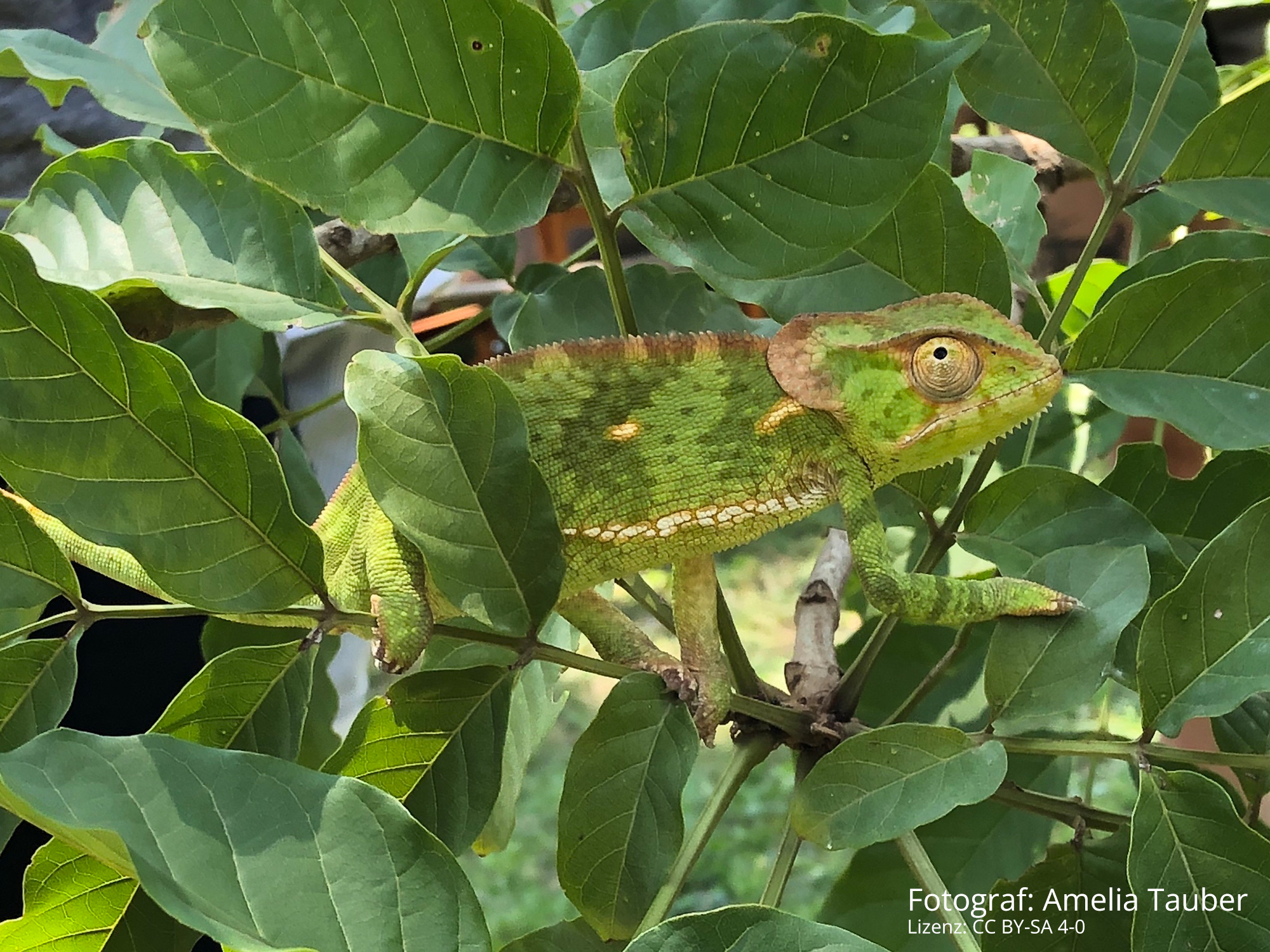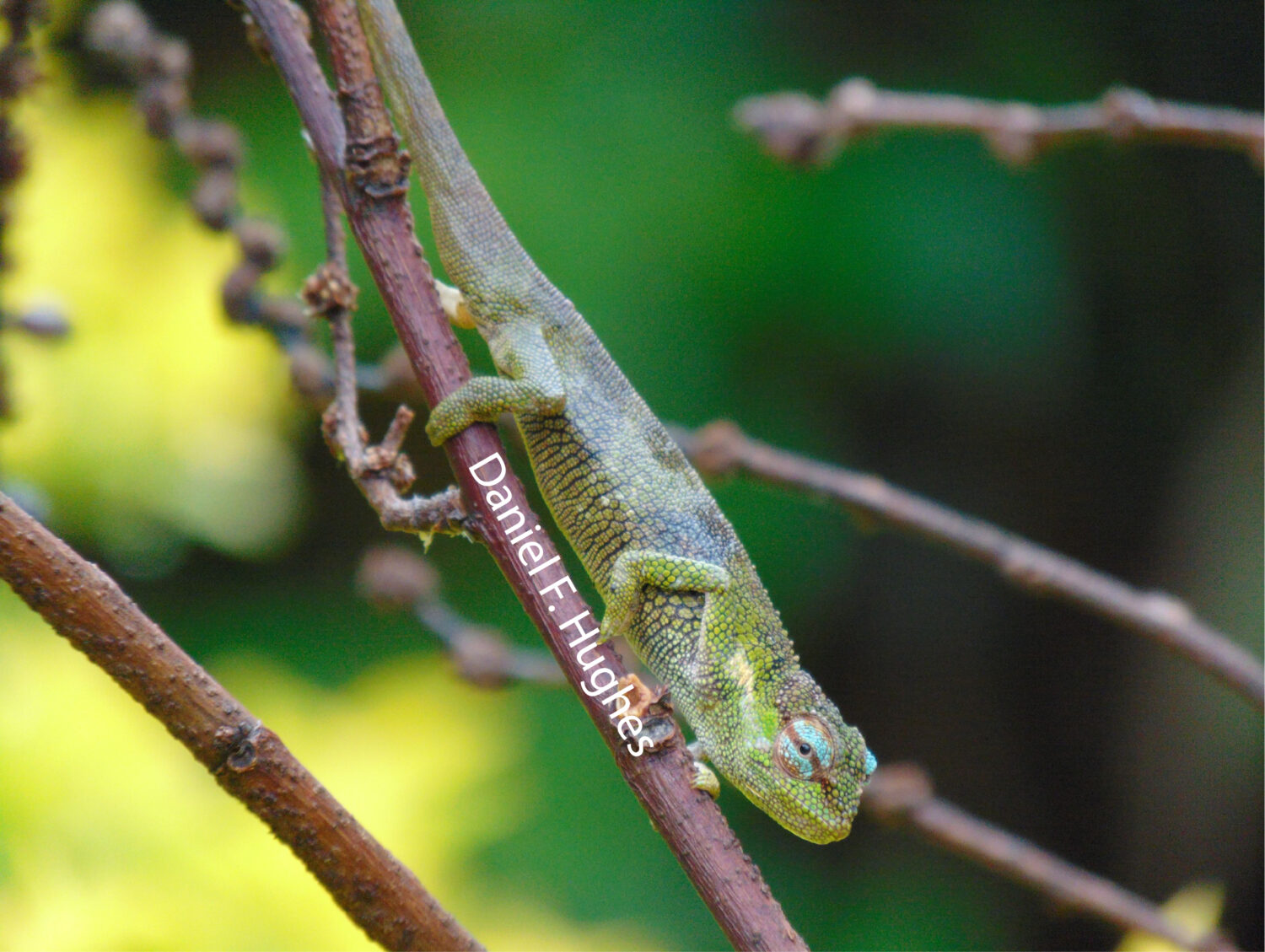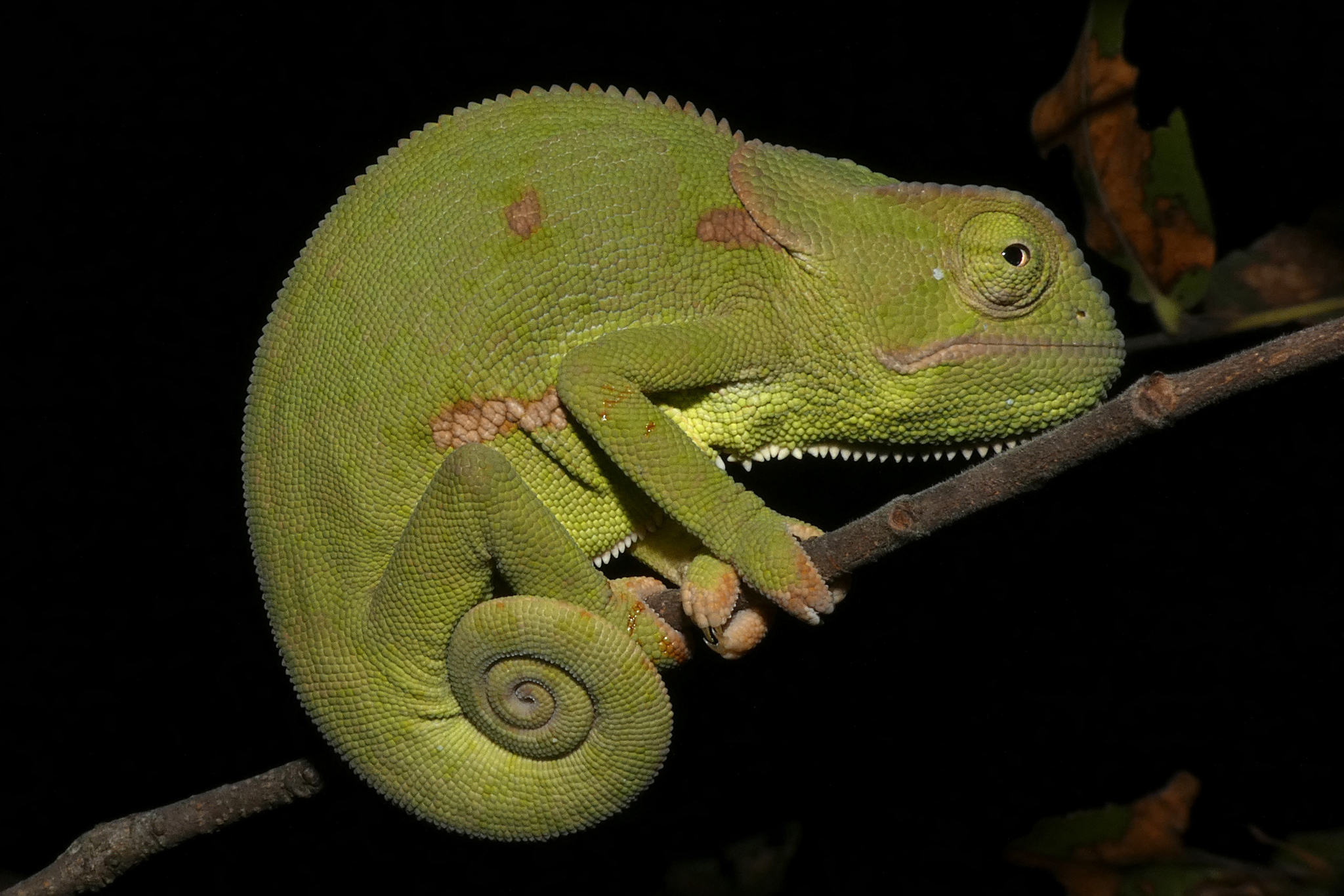The Serra da Neve inselberg is located in the province of Namibe in south-west Angola on the south-western edge of Africa. At 2489 metres above sea level, it is the second highest mountain in the country. The isolated location in the middle of savannahs makes the inselberg a refuge for biodiversity, but this has so far been poorly researched concerning herps. Scientists from the USA, Portugal and Germany have recently carried out a first survey study to inventory the amphibians and reptiles of the Serra da Neve.
Three expeditions have been carried out since 2016, each lasting a few days. Eight areas were selected to search for animals, including rocky areas as well as forest, open grassland and various altitudes. Pitfall traps, snares, rubber bands and manual searches by day and night were used to find the animals. The individuals found were all killed and prepared for storage and further examination in the museum.
A total of 59 species of reptiles and amphibians were found on the inselberg. Chamaeleo dilepis was found exclusively around the village of Catchi, located at 1590 metres. The village is surrounded by granite rocks and the Miombo forest area, which is dominated by Brachystegia and Julbernardia trees. The flat parts of the plateau surrounding the village are largely deforested. The land is used for grazing cattle or for growing cereals and maize. However, the steep slopes around the village are still forested. A small river also runs through the plateau.
An island in a sea of sand: A first checklist of the herpetofauna of the Serra da Neve inselberg, southwestern Angola
Mariana P. Marques, Diogo Parrinha, Manuel Lopes-Lima, Arthur Tiutenko, Aaron M. Bauer, Luis M. P. Ceríaco
ZooKeys 1201, 2024: pp. 167-217.
DOI: 10.3897/zookeys.1201.120750
Photo: taken from the aforementioned publication







